Egglestone Abbey
OS grid reference:- NZ 061 151
Egglestone Abbey, or the abbey of St Mary and St John the Baptist, a former Premonstratensian Abbey is situated on the scenic and peaceful southern bank of the River Tees, just over a mile to the south-east of Barnard Castle in County Durham. Historically it was partly within the North Riding of Yorkshire.
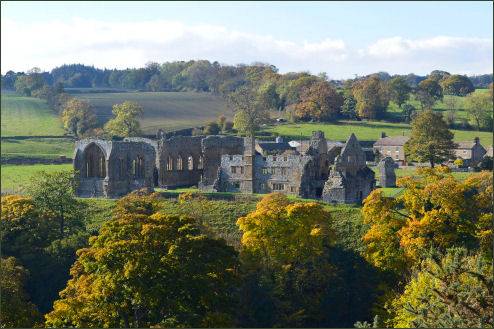
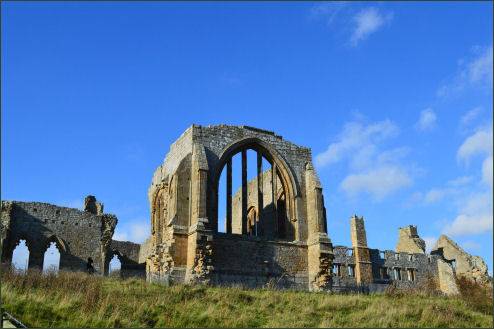
The Abbey was founded on land granted by the de Moulton family between 1168 and 1198. The Premonstratensian order was founded by St Norbert at Prémontré in France in 1121, the monks wore a white habit and were known as the White Canons. The followed a code of austerity similar to that of Cistercian monks, unlike monks of other orders, they were exempt from the strict Episcopal discipline. They undertook preaching and pastoral work in the area.
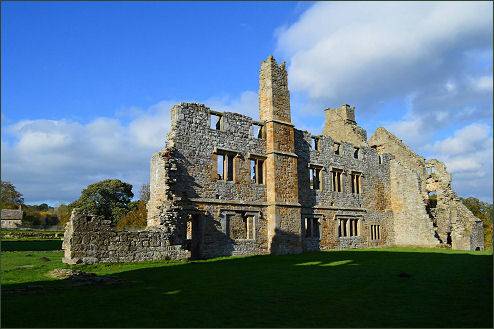
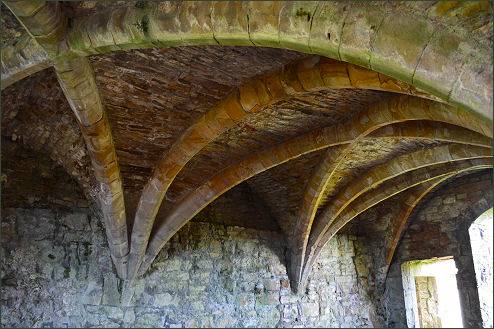
The site was chosen due to its isolation, close proximity to a river and the supply of local stone. The abbey has a fairly unconventional plan, with its church on the south side of the cloister. In common with many of the early monasteries, the original church at Egglestone Abbey was enlarged, and partly rebuilt, about one hundred years later, it is this later church which survives today. The abbey was always poor and at times had difficulty maintaining the required number of twelve canons.
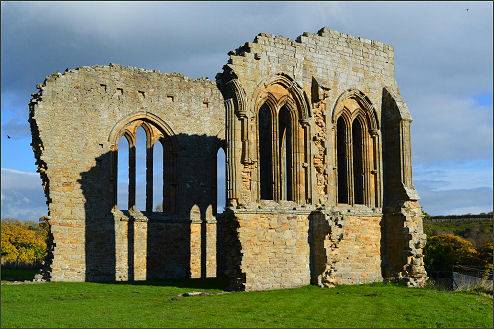
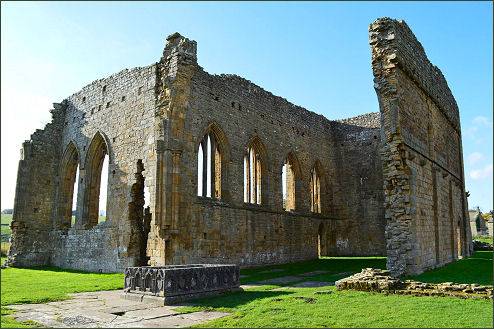
Egglestone Abbey suffered at the hands of Scottish invaders, particularly when the Scots ravaged Yorkshire in 1315, and the English army who were billeted there in 1346 on their way to the Battle of Neville's Cross. The Abbey was dissolved in 1540 by King Henry VIII, the lands were granted to Robert Strelly in 1548, who converted some of the buildings into a great private house that was abandoned in the mid nineteenth century.
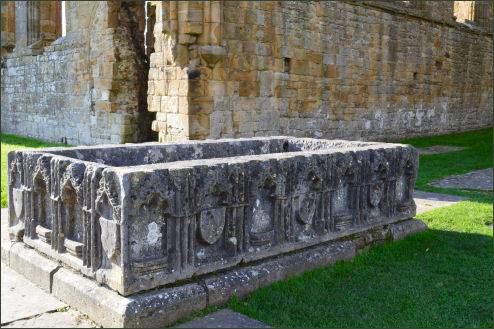
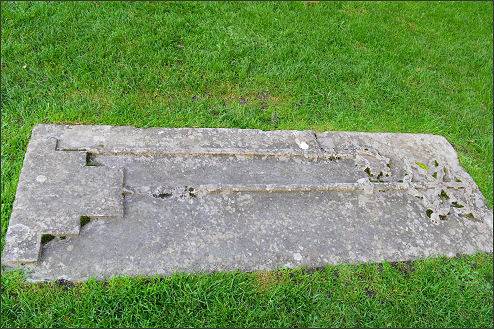
Eventually, much of the abbey was pulled down and some of the stonework was used to pave the stable yard at the nearby Rokeby Hall in the nineteenth century. The remains include much of the thirteenth century church and a range of living quarters, with traces of their ingenious toilet drainage system. There are several surviving medieval tombsincluding the table tomb of Sir Rafe Bowes. The east end, or presbytery, stands to the height of the great east window. Beyond the church is the cloister, of which only the foundation walls survive.
Egglestone Abbey is now in the care of English Heritage. The Abbey is accessed by a narrow track alongside the river Tees.
Directions
1 mile south of Barnard Castle, on a minor road off B6277.
Sat Nav -Latitude: 54.531922 Longitude: -1.905079
Parking -There are approximately 16 unmarked parking spaces located very close to the abbey ruins. A pay and display machine is situated on site. There is very limited room for coaches in the car park. The nearest off-site parking is located in the town itself. There is some 2 hours-free parking in the town, as well as pay-and-display parking in the central car parks.
Images courtesy of Paul Johnson
Abbeys and Churches of Yorkshire
Historic Buildings of Yorkshire
